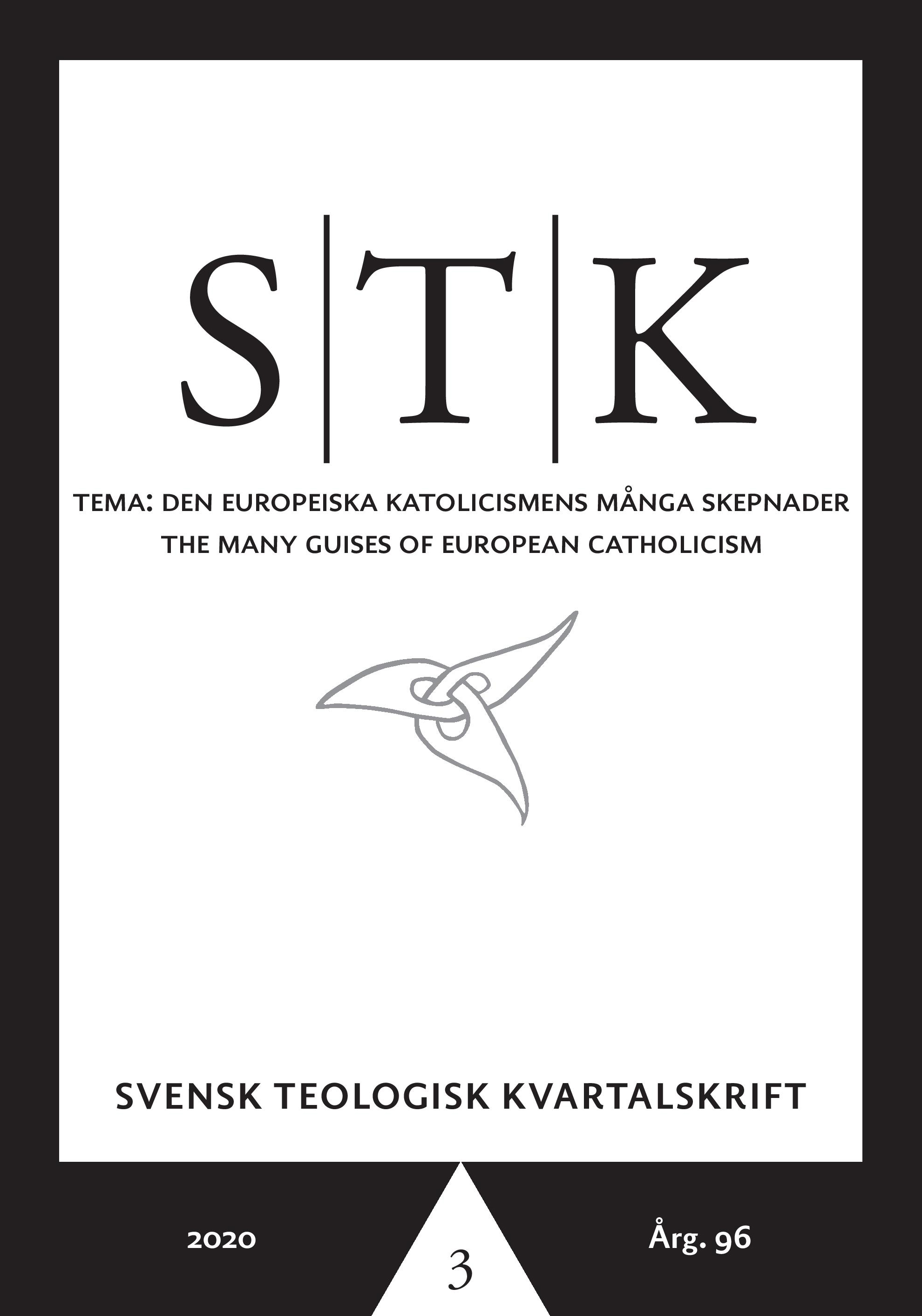Protest i traditionens namn
Den katolska traditionalistiska rörelsen
Abstract
There is a growing traditionalist movement within the Catholic Church, which started as a reaction to the reforms implemented as a result of the Second Vatican Council (1962–1965). The council paved the way for a more open form of Catholicism that for many conservative-minded Catholics appeared as a departure from Catholic faith and tradition. To safeguard what was perceived as true Catholicism, these traditionalist groups, with the Fraternity of St. Pius X (SSPX) at the forefront, founded parishes and mission centres alongside the ordinary Catholic parish structures. In 1988, the leader of the movement, the retired French Archbishop Marcel Lefebvre (1905–1991), consecrated four of his priests as bishops without papal permission, thus triggering automatic excommunication. Since then, the traditionalist movement has been divided into two branches, as some members disassociated from SSPX and, with the approval of the Holy See, formed new traditionalist societies, among them the Fraternity of Saint Peter (FSSP). Yet, a common characteristic is the adherence to a pre-conciliar ecclesiastical order, above all the so-called Tridentine liturgy, which is regarded a prerequisite for dogmatic orthodoxy. This article aims to shed light on the rise, development, and activities of these traditionalist movements and discuss their significance in today's Catholic Church.
Downloads
Publicerad
Nummer
Sektion
Licens
Copyright (c) 2020 Yvonne Maria Werner

Detta verk är licensierat under en Creative Commons Erkännande-Ickekommersiell-IngaBearbetningar 4.0 Internationell-licens.


